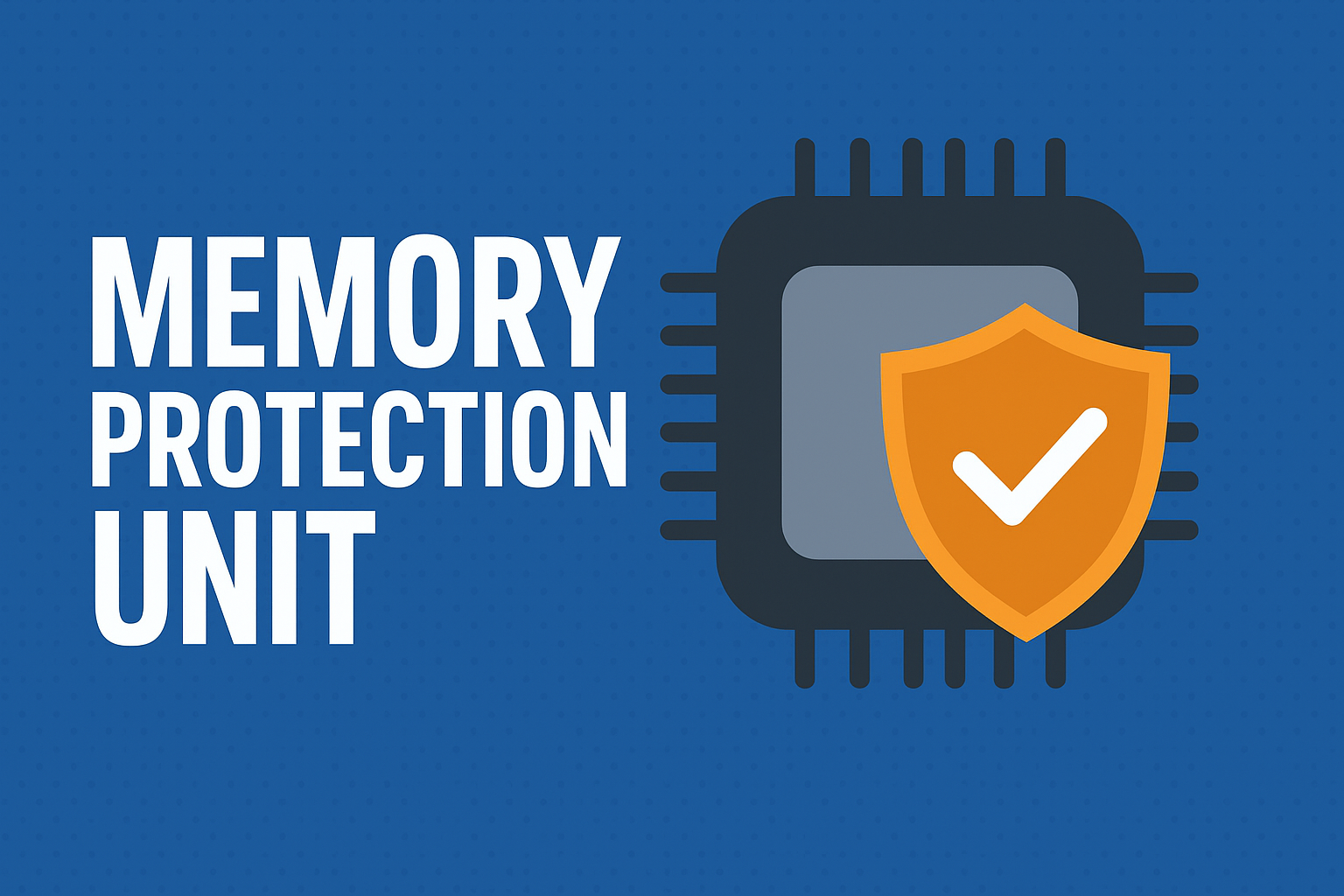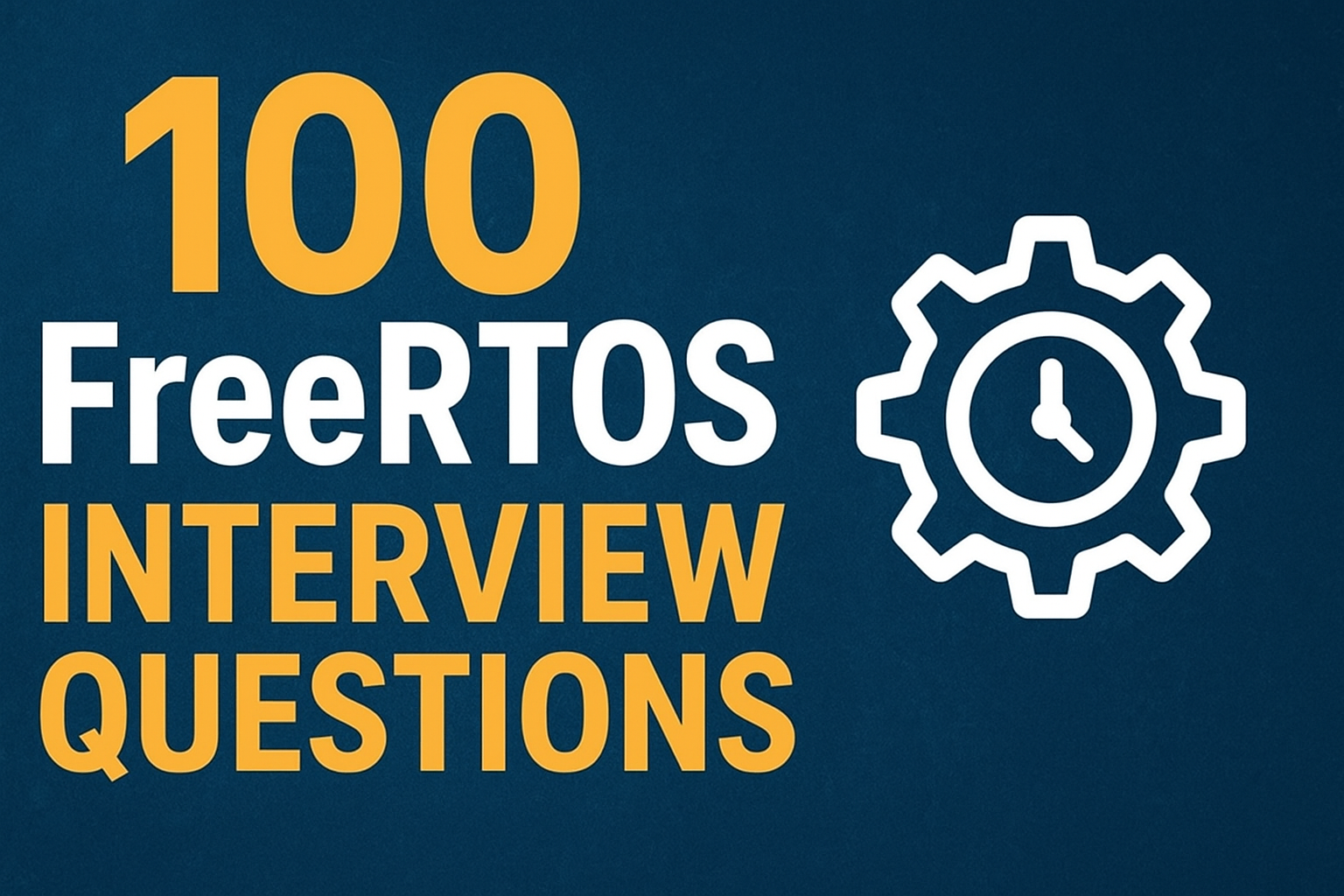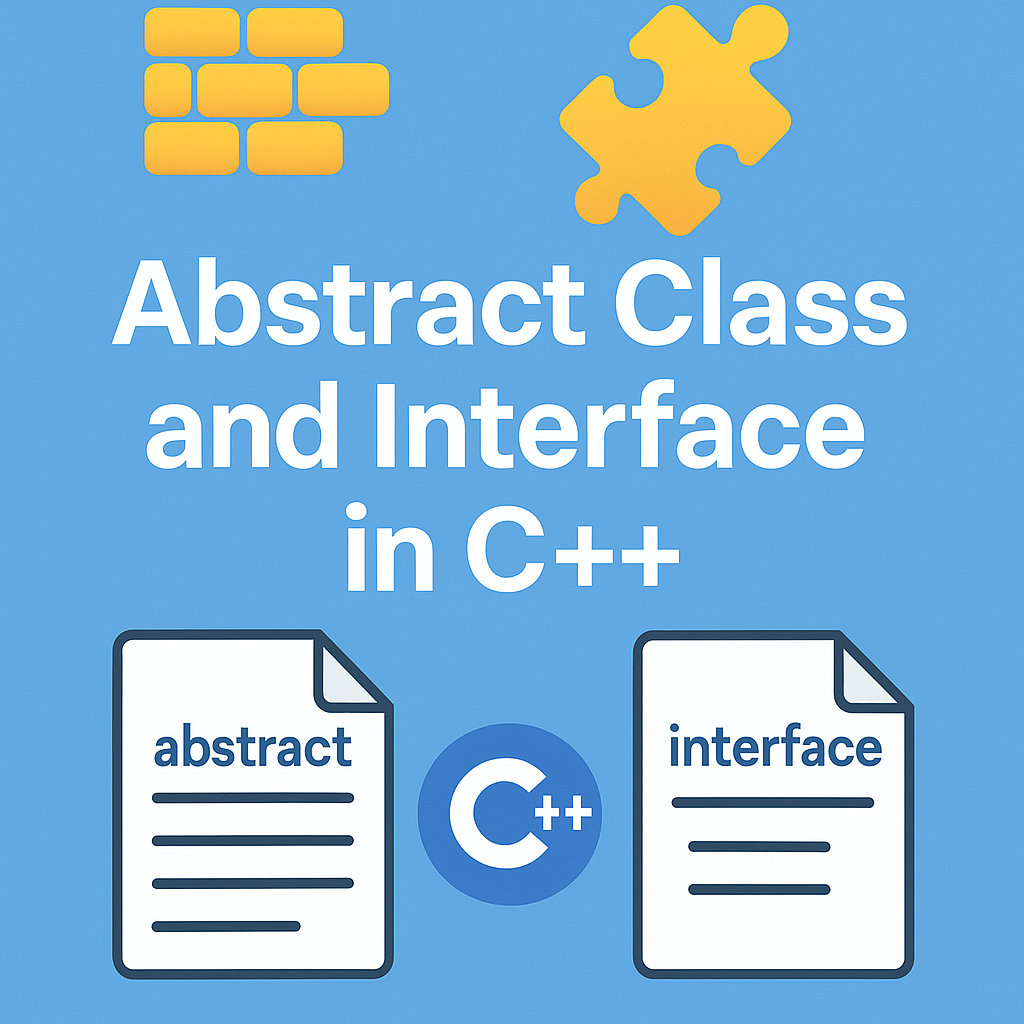Learn everything about the Memory Protection Unit (MPU), its key features, working, advantages, and applications in embedded systems. Discover how a memory protection unit improves security, stability, fault isolation, and safety in microcontrollers and RTOS-based designs.
Introduction
In modern embedded systems and microcontrollers, ensuring safe and reliable execution of code is a critical requirement. This is where the Memory Protection Unit (MPU) plays a vital role. The MPU is a hardware feature that provides memory access control, enhances system security, and prevents unintended memory corruption. For developers working with real-time operating systems (RTOS) or safety-critical applications, understanding the memory protection unit is essential.
What is a Memory Protection Unit (MPU)?
A Memory Protection Unit is a hardware component integrated into many microcontrollers and processors. Its primary job is to control how different parts of memory (RAM, Flash, peripherals, etc.) can be accessed by applications or processes. Unlike a full Memory Management Unit (MMU) used in complex processors, the MPU is lightweight and designed for resource-constrained embedded devices.
With an MPU, developers can define memory regions, assign access permissions, and protect critical data or code from being accidentally modified.
Key Features of a Memory Protection Unit
- Region-Based Protection
- The MPU allows memory to be divided into regions. Each region can have specific permissions such as read-only, write-only, or read/write access.
- Privilege Levels
- It supports different privilege levels (e.g., user mode and privileged mode), preventing untrusted code from modifying system resources.
- Fault Handling
- If a program tries to access restricted memory, the MPU triggers a fault, ensuring safe execution.
- Lightweight Design
- The memory protection unit does not perform address translation like an MMU, which makes it suitable for microcontrollers with limited resources.
- Support for Real-Time Systems
- The MPU enables better isolation in RTOS-based applications, helping achieve safety certifications like ISO 26262 (automotive) and IEC 61508 (industrial).
Why Do We Need a Memory Protection Unit?
- System Stability: Prevents one faulty task from corrupting another task’s memory.
- Security: Protects sensitive data and system-level code from unauthorized access.
- Debugging Support: Helps developers detect invalid memory accesses quickly.
- Safety Compliance: Essential for industries like automotive, aerospace, and medical devices.
Difference Between MPU and MMU
| Feature | MPU (Memory Protection Unit) | MMU (Memory Management Unit) |
|---|---|---|
| Function | Provides access control and protection | Provides virtual memory and paging |
| Complexity | Lightweight, simple | More complex |
| Target | Microcontrollers, embedded systems | High-end processors, desktops, servers |
| Address Translation | Not supported | Fully supported |
Applications of a Memory Protection Unit
- Automotive ECUs (Engine Control Units)
- Medical devices with safety requirements
- Industrial automation systems
- Consumer electronics (IoT devices, wearables)
- Defense and aerospace systems
Conclusion
The Memory Protection Unit (MPU) is a powerful hardware feature for embedded systems, ensuring secure, stable, and reliable program execution. By restricting unauthorized access, isolating memory regions, and enhancing system safety, the MPU has become a standard component in microcontroller design.
For developers aiming to build secure and safety-critical embedded applications, mastering the memory protection unit is not optional—it’s a necessity.
Advantages of Memory Protection Unit (MPU)
- System Stability
- The memory protection unit prevents faulty tasks from corrupting other tasks’ memory, ensuring stable system performance.
- Improved Security
- It restricts unauthorized access to sensitive data and code, making embedded devices more secure.
- Fault Isolation
- MPU detects invalid memory accesses quickly and generates a fault, helping developers identify and fix issues.
- Low Resource Overhead
- Unlike a memory management unit (MMU), the memory protection unit is lightweight, making it ideal for resource-constrained microcontrollers.
- Safety Compliance
- Essential for achieving industry safety certifications such as ISO 26262 (automotive) and IEC 61508 (industrial).
- Support for RTOS
- Provides task isolation in real-time operating systems, improving reliability of multitasking environments.
Disadvantages of Memory Protection Unit (MPU)
- Limited Flexibility
- The memory protection unit cannot perform address translation or virtual memory, unlike MMUs.
- Region Restrictions
- MPUs usually support only a fixed number of memory regions, which may not be enough for complex applications.
- Manual Configuration
- Developers must carefully configure regions and permissions; incorrect setup can cause frequent memory faults.
- Not Suitable for High-End Systems
- While MPU is great for microcontrollers, it cannot match the advanced features of MMUs in high-end processors.
- Debugging Overhead
- Frequent memory faults due to strict protection may slow down development if not handled properly.
Interview Questions on Memory Protection Unit (MPU)
Basic Level Questions
- What is a Memory Protection Unit (MPU)?
- How does a memory protection unit differ from a memory management unit (MMU)?
- Why do microcontrollers use an MPU instead of an MMU?
- What are the main features of a memory protection unit?
- Can you explain how MPU helps in debugging embedded systems?
- What happens when a task tries to access a restricted memory region in MPU?
Intermediate Level Questions
- How does the MPU handle privilege levels in embedded systems?
- How many memory regions can typically be defined in an ARM Cortex-M MPU?
- Explain how an MPU improves system stability in RTOS-based applications.
- What is the role of MPU in achieving safety certifications like ISO 26262?
- How does the MPU support read, write, and execute permissions for memory?
- What kind of fault is generated if unauthorized memory access occurs?
Advanced Level Questions
- Compare MPU-based protection with software-based memory protection.
- How would you configure an MPU in ARM Cortex-M architecture?
- What are the challenges of using MPU in complex embedded systems?
- How does MPU improve security in IoT devices?
- In what scenarios would you choose MPU over MMU for system design?
- How does the MPU interact with exception handling in microcontrollers?
- Can MPU be used to protect peripheral registers as well as RAM/Flash memory?
- Give a real-world example where MPU played a critical role in system reliability.
You can also Visit other tutorials of Embedded Prep
- Multithreading in C++
- Multithreading Interview Questions
- Multithreading in Operating System
- Multithreading in Java
- POSIX Threads pthread Beginner’s Guide in C/C++
- Speed Up Code using Multithreading
- Limitations of Multithreading
- Common Issues in Multithreading
- Multithreading Program with One Thread for Addition and One for Multiplication
- Advantage of Multithreading
- Disadvantages of Multithreading
- Applications of Multithreading: How Multithreading Makes Modern Software Faster and Smarter”
- Master CAN Bus Interview Questions 2025
- What Does CAN Stand For in CAN Bus?
- CAN Bus Message Filtering Explained
- CAN Bus Communication Between Nodes With Different Bit Rates
- How Does CAN Bus Handle Message Collisions
- Message Priority Using Identifiers in CAN Protocol

Mr. Raj Kumar is a highly experienced Technical Content Engineer with 7 years of dedicated expertise in the intricate field of embedded systems. At Embedded Prep, Raj is at the forefront of creating and curating high-quality technical content designed to educate and empower aspiring and seasoned professionals in the embedded domain.
Throughout his career, Raj has honed a unique skill set that bridges the gap between deep technical understanding and effective communication. His work encompasses a wide range of educational materials, including in-depth tutorials, practical guides, course modules, and insightful articles focused on embedded hardware and software solutions. He possesses a strong grasp of embedded architectures, microcontrollers, real-time operating systems (RTOS), firmware development, and various communication protocols relevant to the embedded industry.
Raj is adept at collaborating closely with subject matter experts, engineers, and instructional designers to ensure the accuracy, completeness, and pedagogical effectiveness of the content. His meticulous attention to detail and commitment to clarity are instrumental in transforming complex embedded concepts into easily digestible and engaging learning experiences. At Embedded Prep, he plays a crucial role in building a robust knowledge base that helps learners master the complexities of embedded technologies.



Leave a Reply